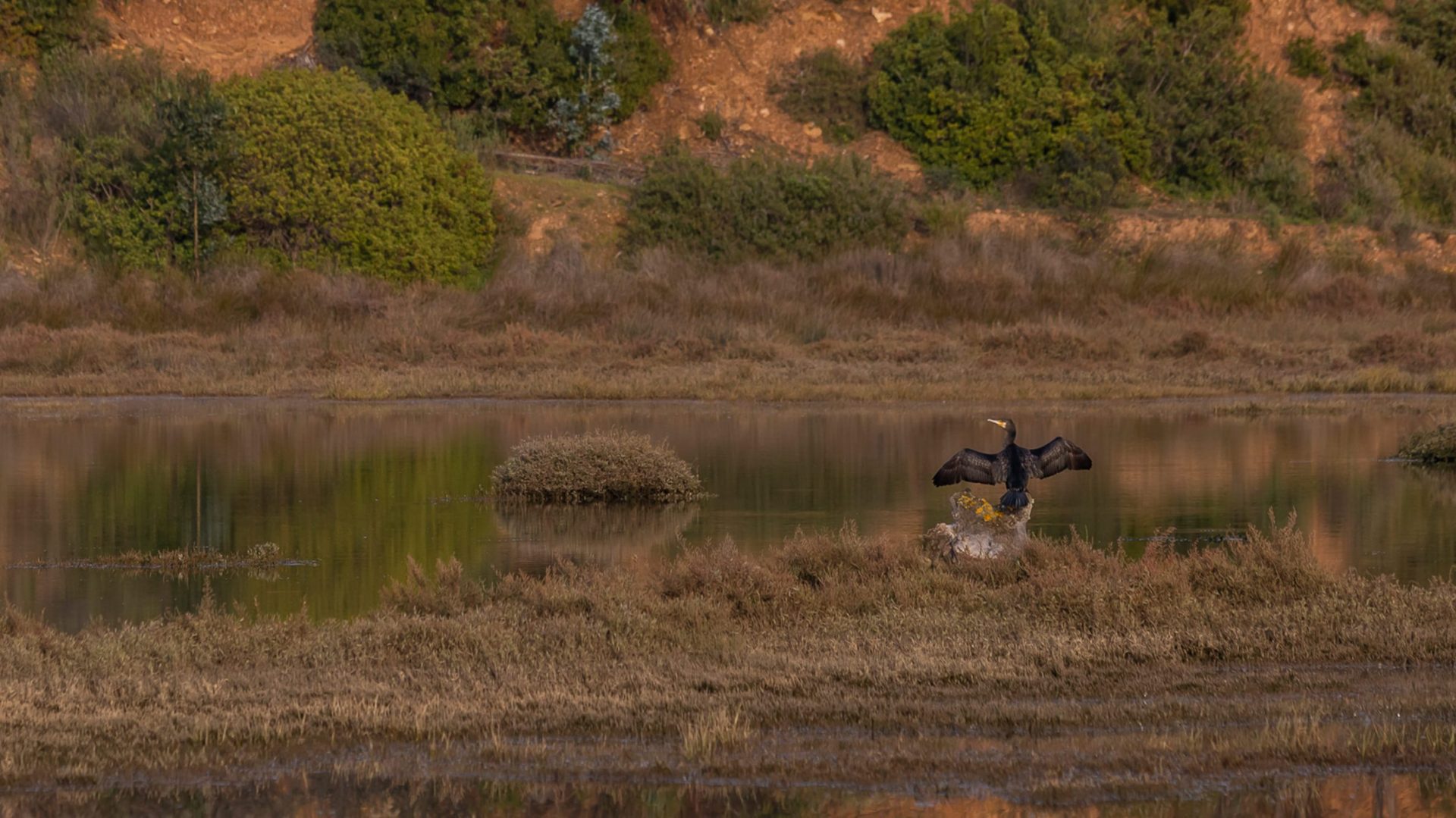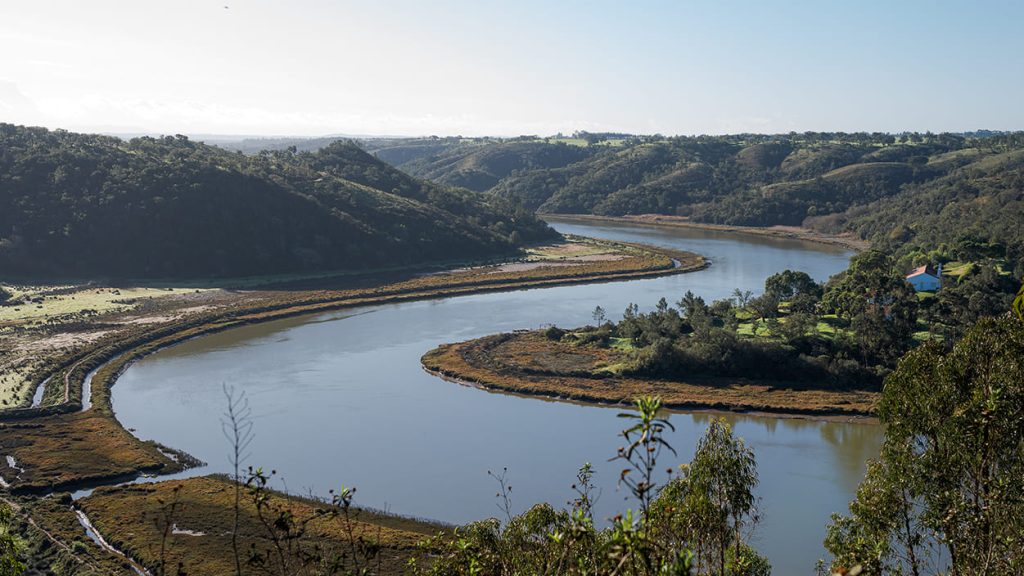Biodiversity conservation at The Navigator Company has been integrated into day-to-day forestry operations. The result? Properties in which eucalyptus, oak, riparian forest and multiple habitats, with birds of prey, otter, deer and small amphibians, among many others, find conditions to thrive.
This is a far cry from the idea that, on properties set aside for eucalyptus plantations to produce pulp and paper, there can be no rare habitats, water lines protected by dense vegetation, other species of flora, or diversity of fauna and other natural features. Not only is this diversity possible, it is also desirable for the balance of ecosystems. This is, therefore, an essential pillar of sustainable forest management.
When the concern for biodiversity is integrated in a natural way, across all operations and with a concern for preserving existing habitats and species, the numbers speak for themselves: of the approximately 105 000 hectares managed by Navigator in Portugal, more than 11.8% are in areas of interest for conservation. Of these, 4075 hectares are classified as protected habitats by the Natura 2000 Network (rare, threatened or vulnerable habitats, according to European Union guidelines) and 1655 hectares are High Conservation Value Areas (HCVA) – for example, areas with priority habitats for conservation, which are in a favourable (not degraded) state and which are critical for the existence of a given species.
One of these High Conservation Value Areas can be seen in Vale de Beja, for example. It is a grove of Portuguese oak (Quercus faginea), a Natura 2000 Network habitat (9240 – Iberian oak groves of Quercus faginea and Quercus canariensis) whose conservation status in Portugal is unfavourable and which in Vale de Beja exists in large dimensions and is well-preserved. The priority here has been to maintain this HCVA and increase its area, reclassifying new areas of oak and creating ecological corridors between the different identified habitats.
In this and other Navigator forest areas, more than 800 species and subspecies of flora and 245 species of fauna have already been identified (March 2022). While the majority do not have a threat status of concern, 53 are in this category and 21 are classified as near threatened – with 36 considered “Vulnerable”, 13 “Endangered” and four “Critically Endangered”. An example of the latter group is the Algerian oak ( Quercus canariensis), an endemic species from the south-west of the Mediterranean, with less than 300 specimens in Portugal, but is identified in two properties managed by Navigator.
Bonelli’s eagles (Aquila fasciata), large birds of prey with a characteristic white belly, are “Endangered” species that can be seen on several Navigator properties in the south-west Alentejo and Algarve. They are common visitors, as they nest in large trees in these forests, particularly in ancient eucalyptus trees.





